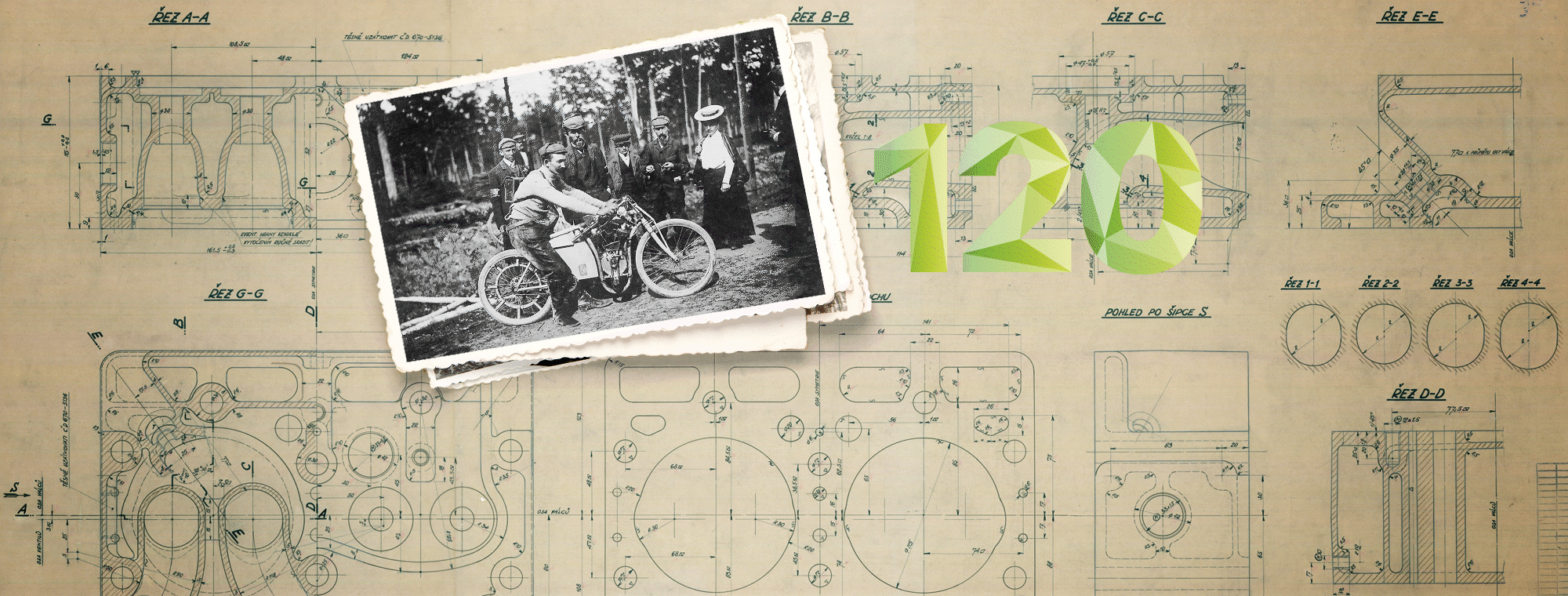The Finnish rally driver drove for ŠKODA in the WRC between 2002 and 2004. By his own account, he has especially fond memories of the OCTAVIA WRC, in which he achieved many great results. “I really loved that car, even though it wasn’t the fastest. It was reliable and, most of all, I liked driving it. It may have been a little sluggish, but it suited me and we got along with each other. In the fast rallies, the OCTAVIA WRC was really great. I have especially great memories of the Rally Sweden in 2003. In the end, we finished eighth, but we fought Carlos Sainz, Colin McRae and other drivers of that calibre. We beat some of them and we weren’t far behind the others. To this day, I really like the OCTAVIA WRC in tarmac settings,” says Gardemeister as he reminisces about his favourite rally car.
After his last full season in the WRC, 2008, he tried to find a way to continue rallying. In the end, he managed to find a sponsor. He spent the next season in the IRC series, and then he started wondering whether he could apply his experience to business. Gradually, he built the TGS Worldwide team around his FABIA S2000, and it started to grow fast. In 2015, Teemu Suninen, Kalle Rovanperä and many other drivers used his services. Gardemeister owns three rally cars himself and takes care of several others. “When I was selecting the first car for my team, the ŠKODA FABIA S2000 was the fastest, and very reliable to boot. And reliability is even more important than speed for a private team,” he adds.
Recently, Toni Gardemeister’s team has been built on ŠKODA FABIA R5 rally cars, and now also on the revamped FABIA R5 evo. The premiere of the latest addition to the TGS fleet ended prematurely, though, when last year’s winner Eerik Pietarinen had to retire after a mishap. “Things like that happen in rallying and it’s normal. Rally cars are very durable, so we’ll fix the car soon and return to the rally stages”, says Gardemeister without the slightest hint of doubt.













































